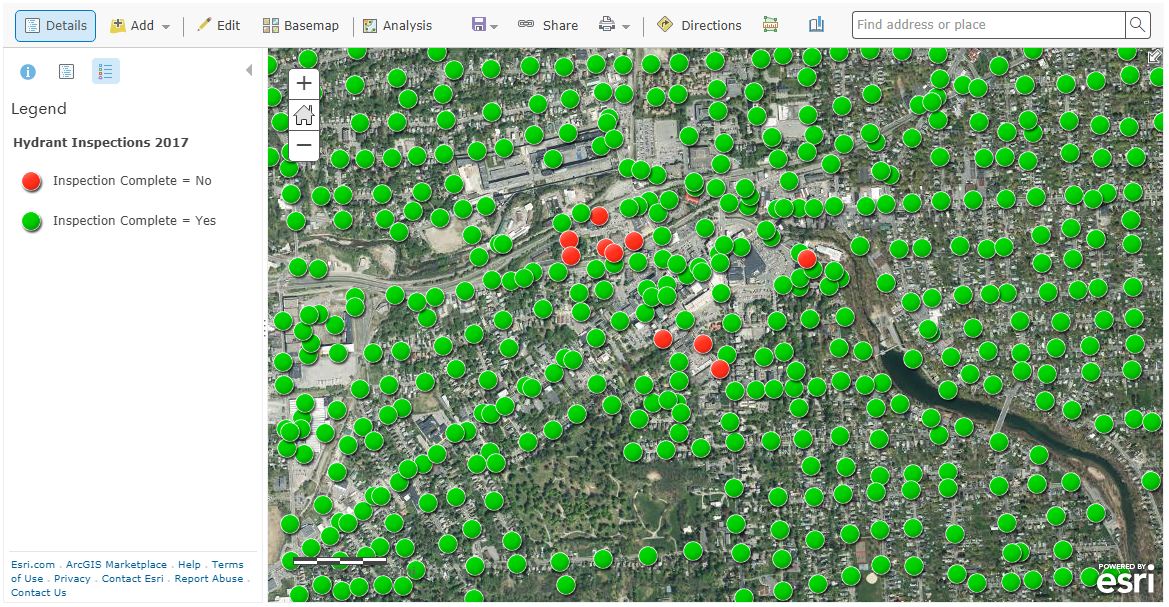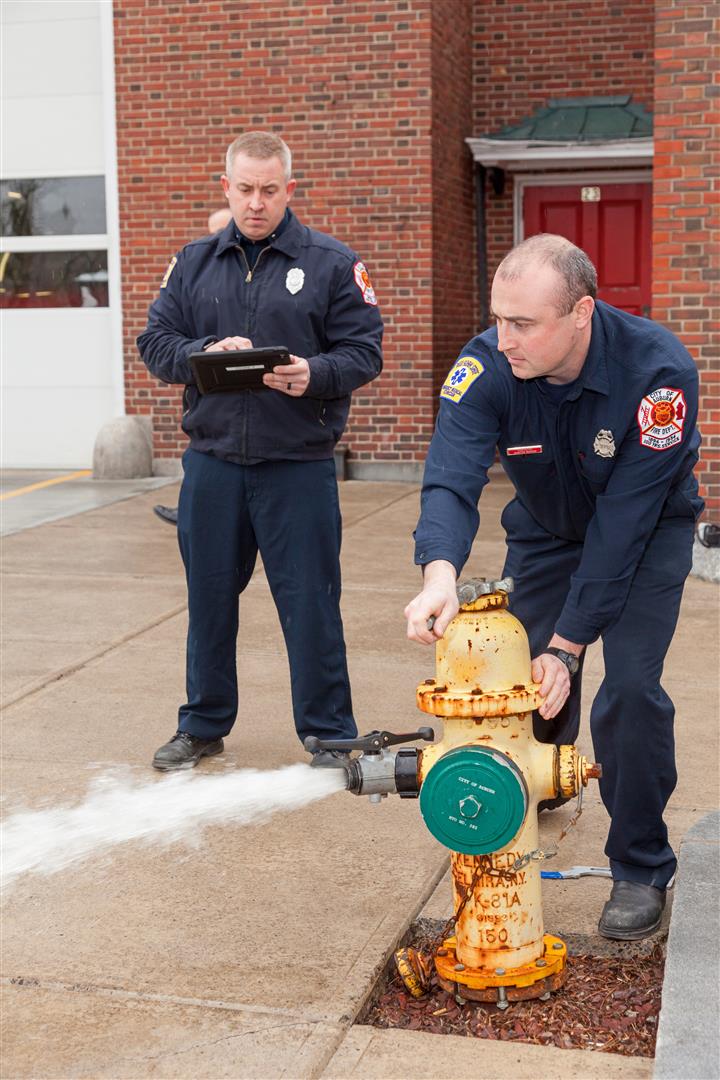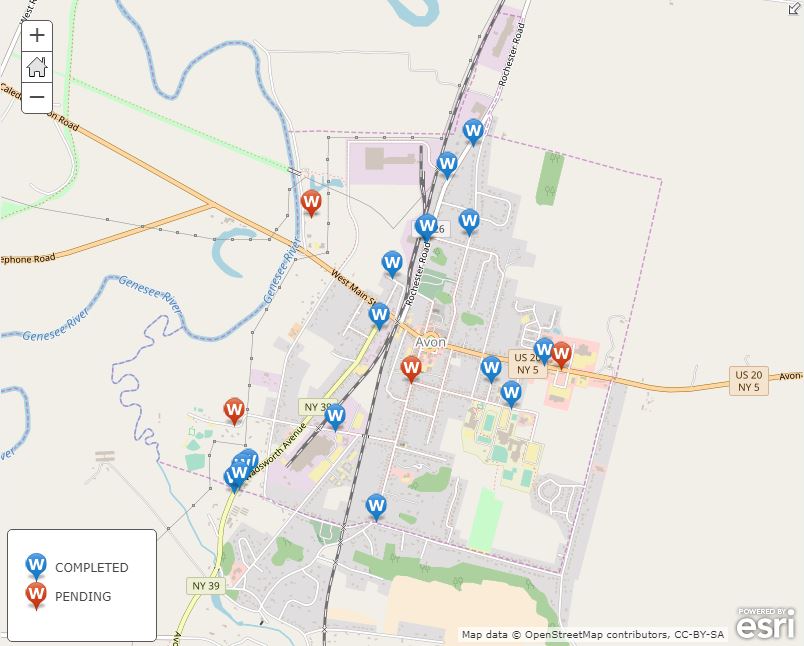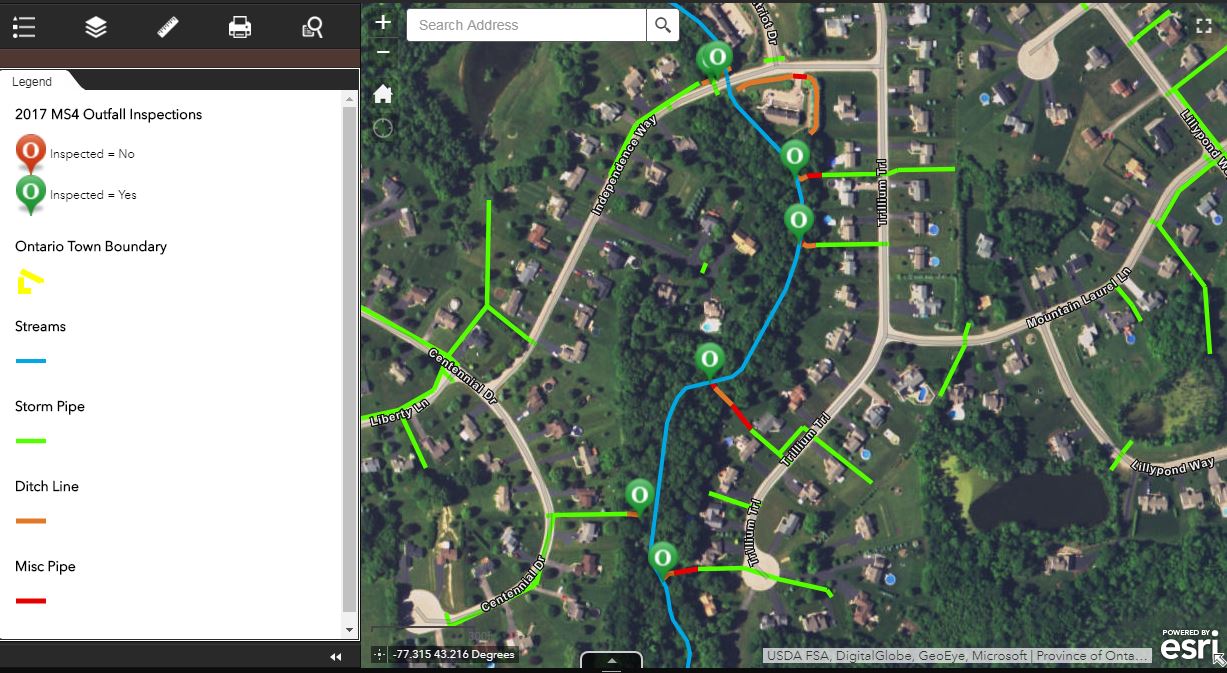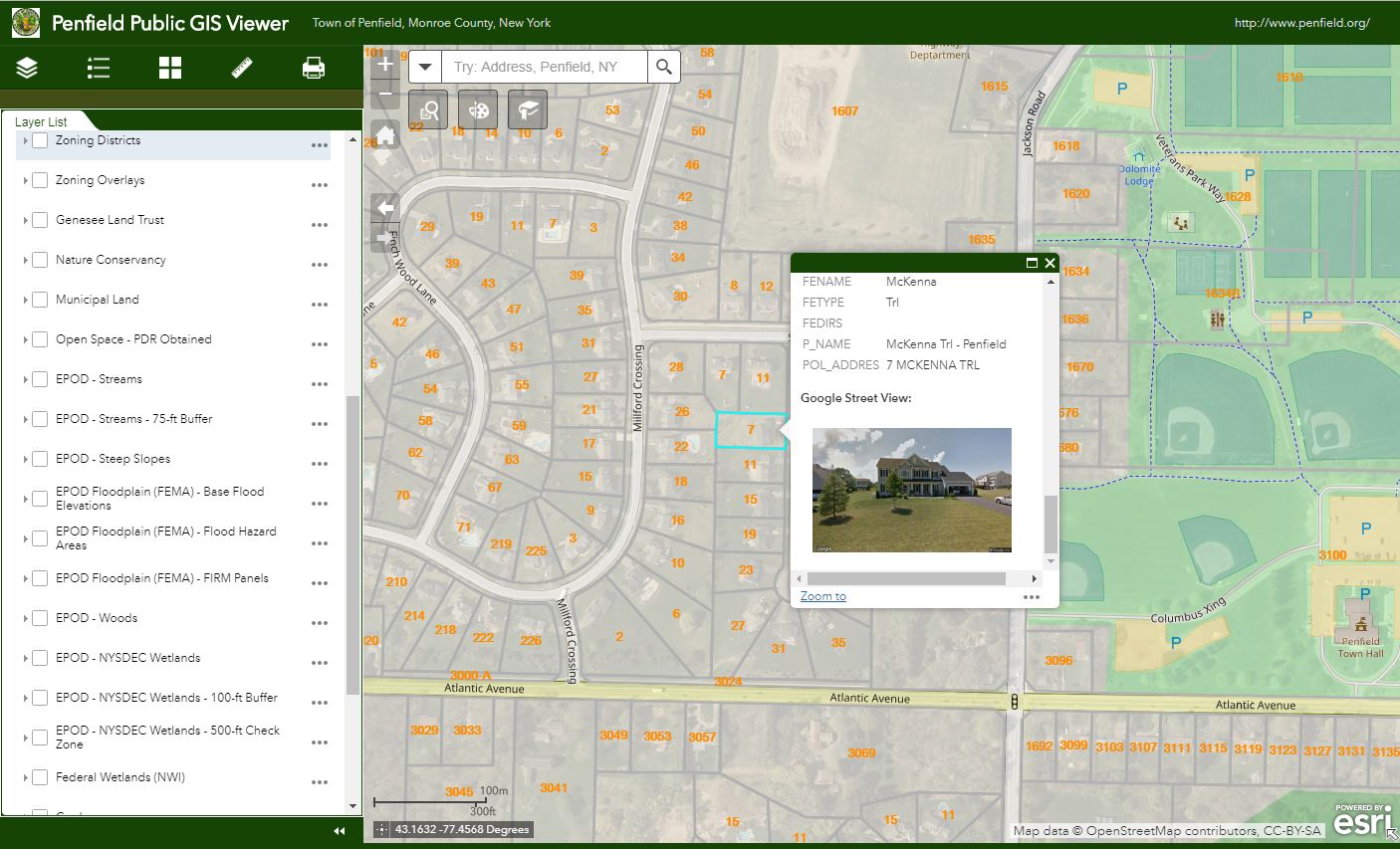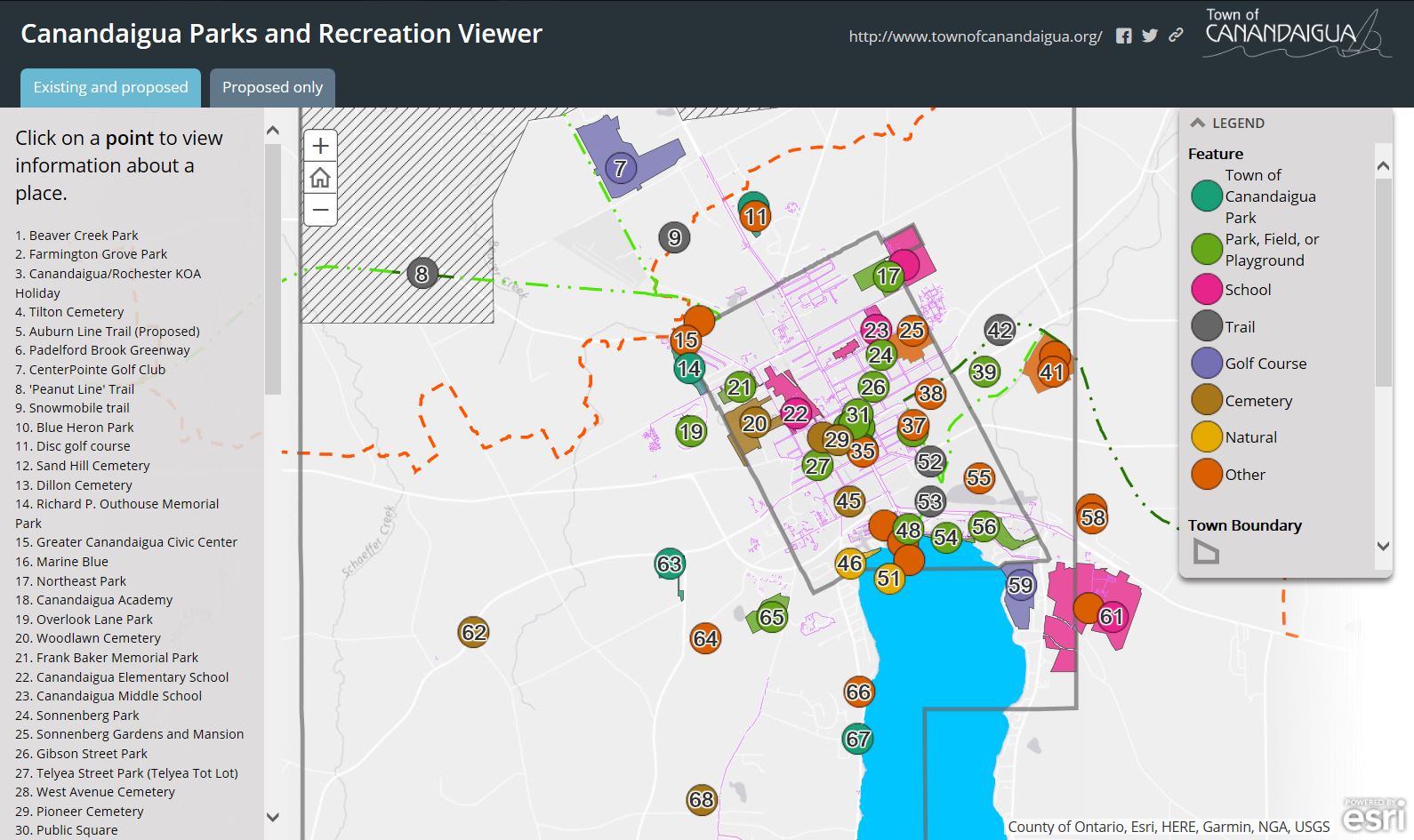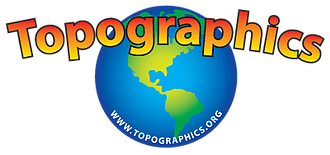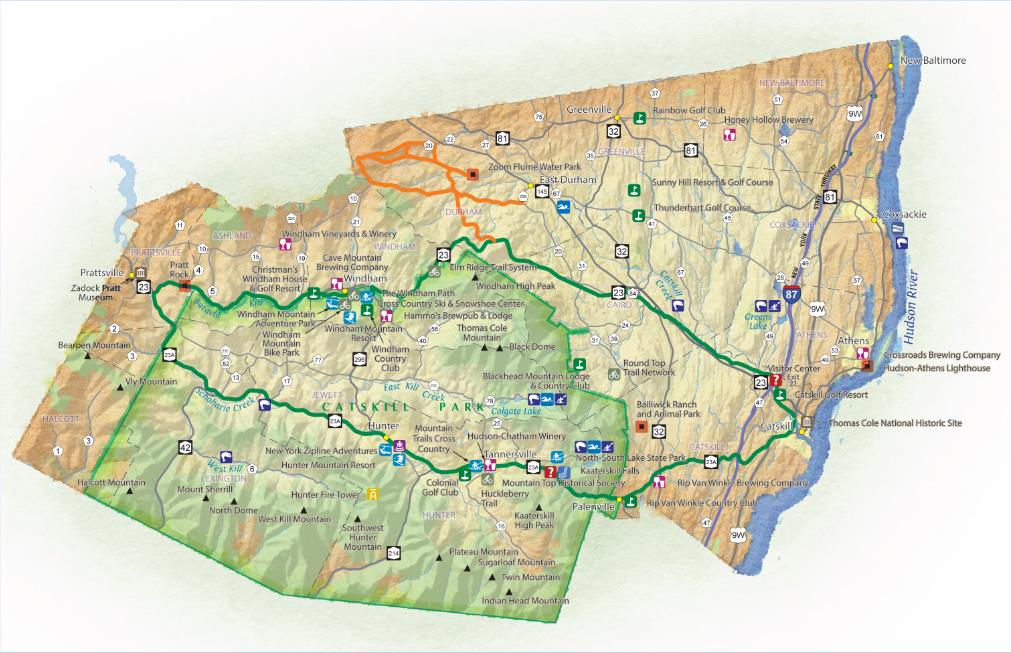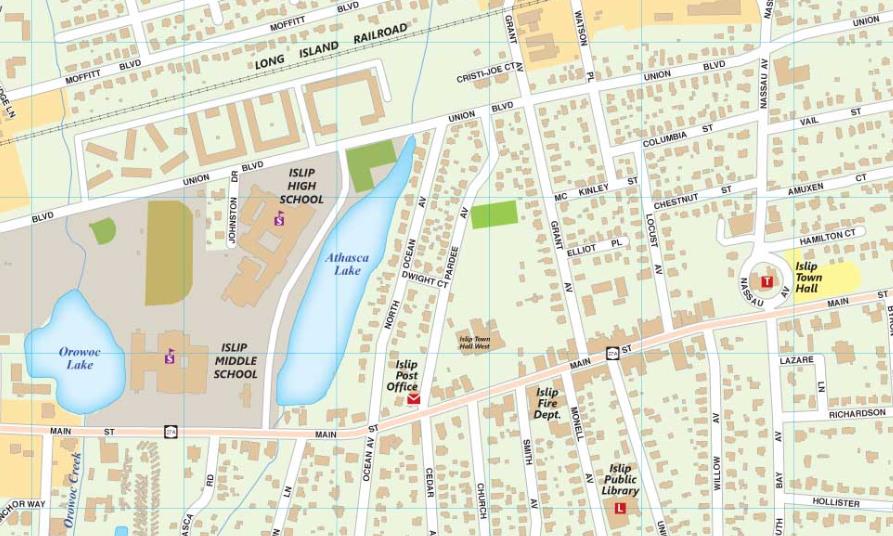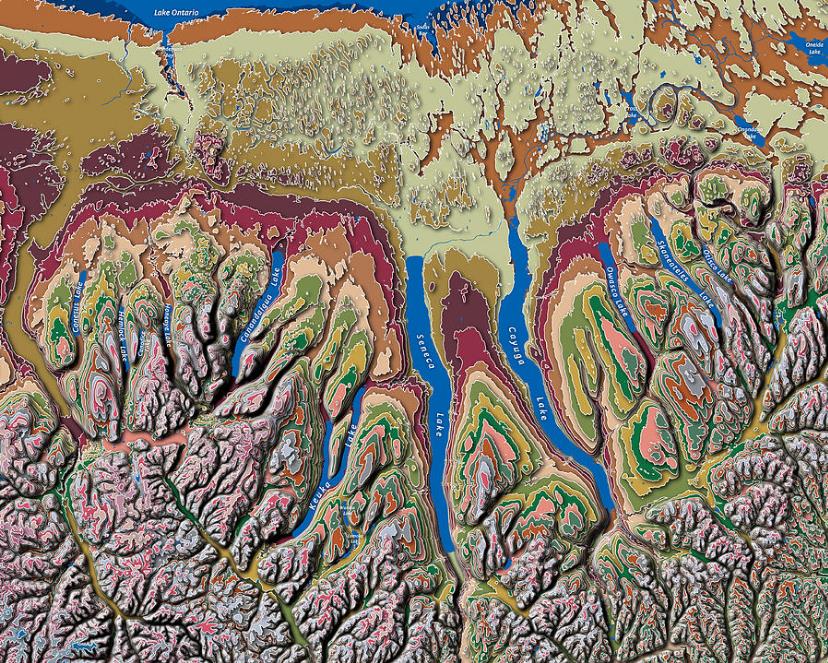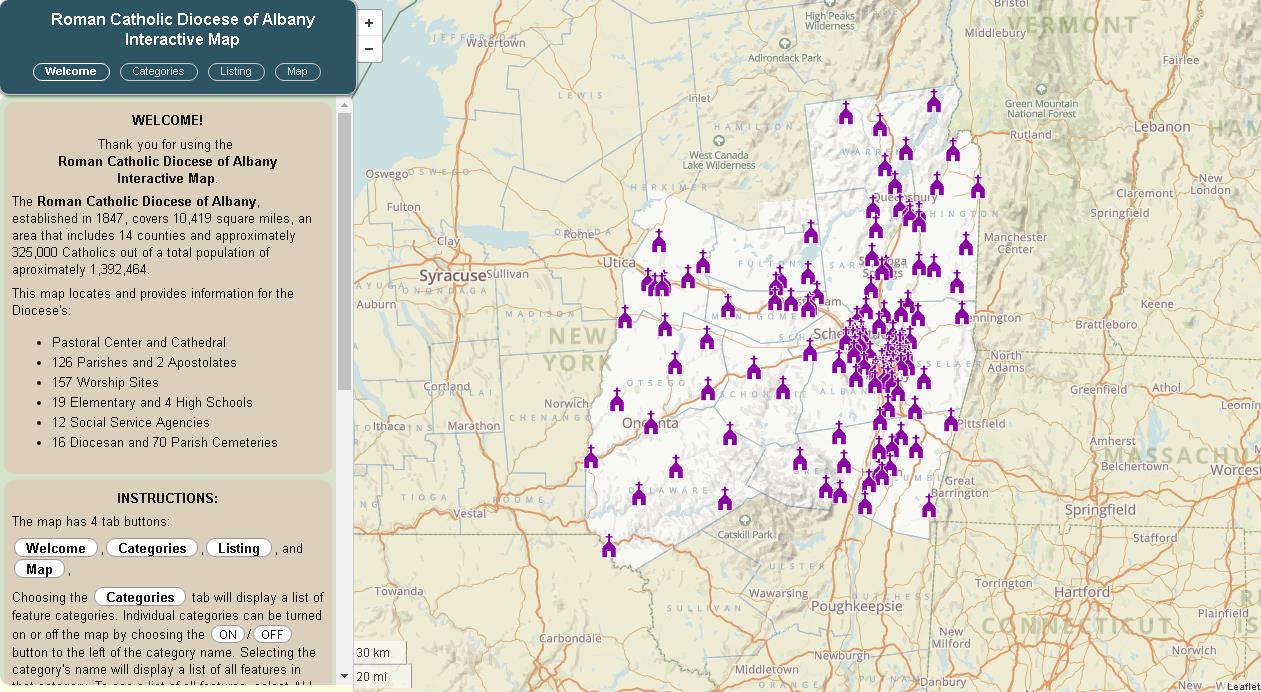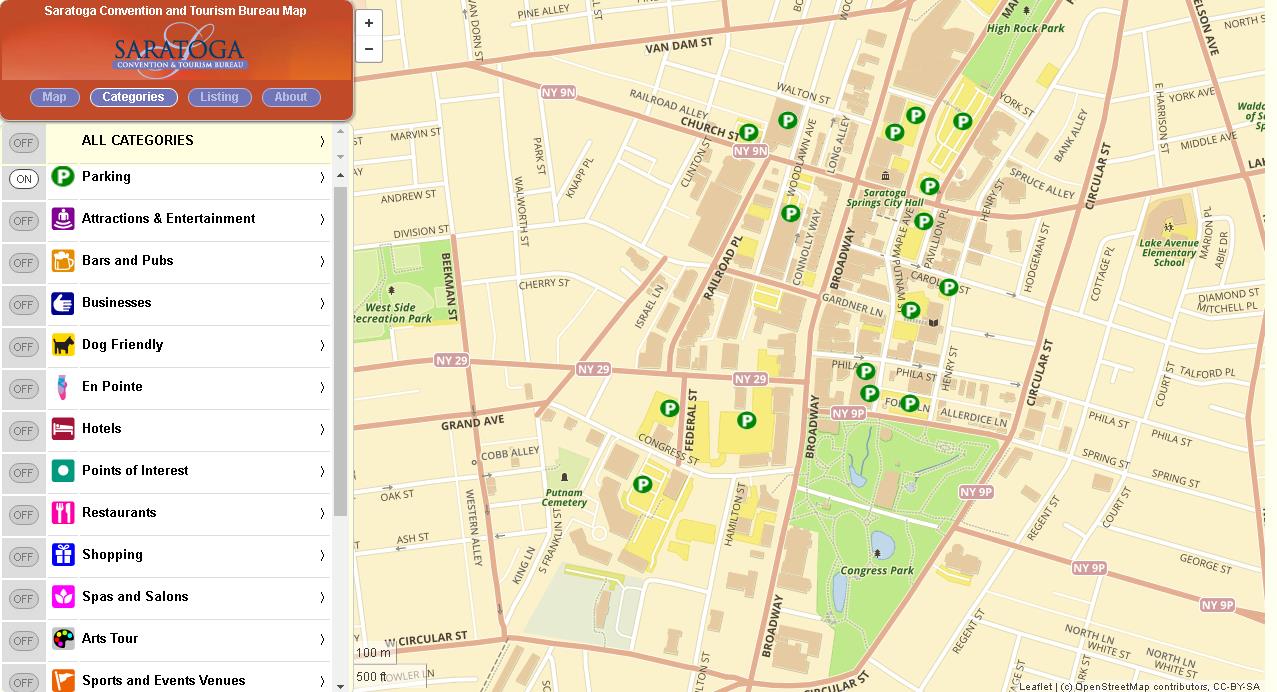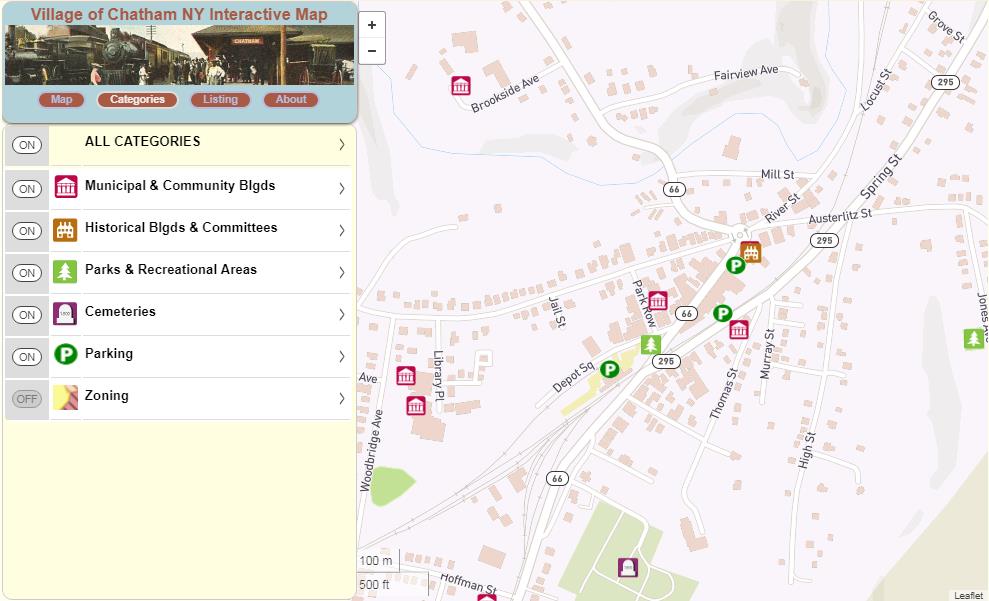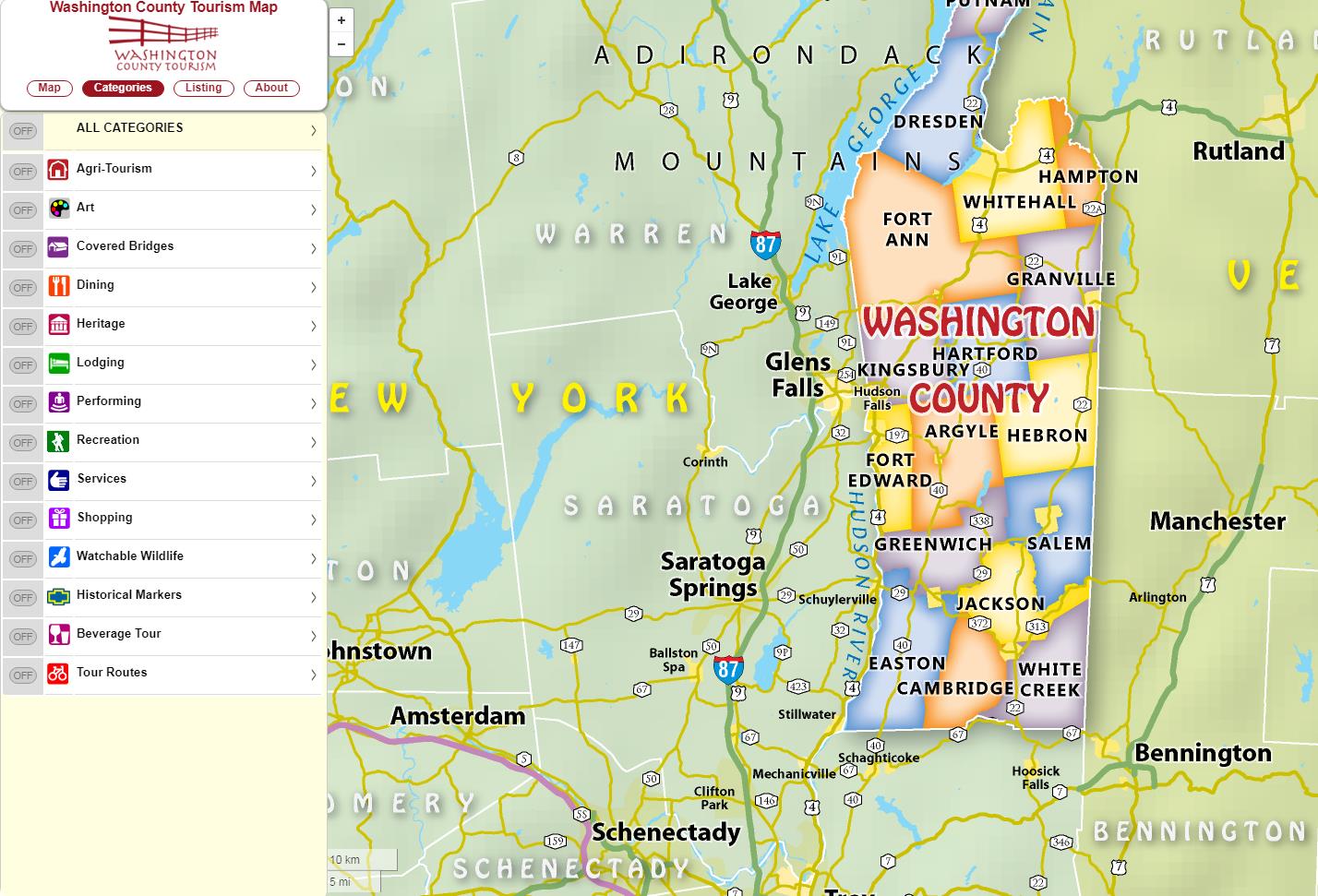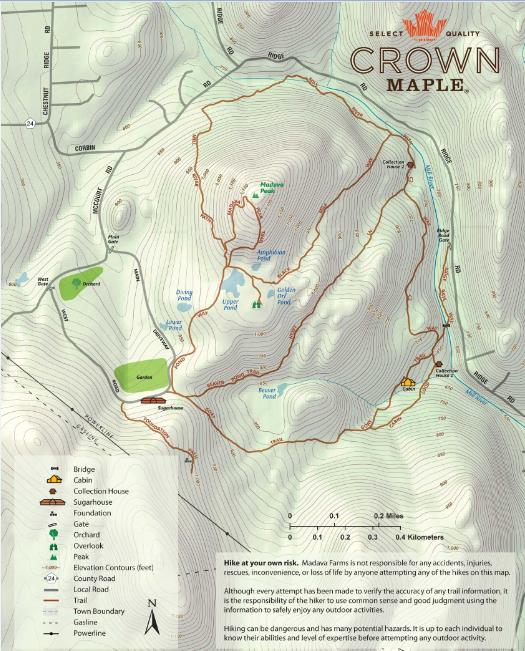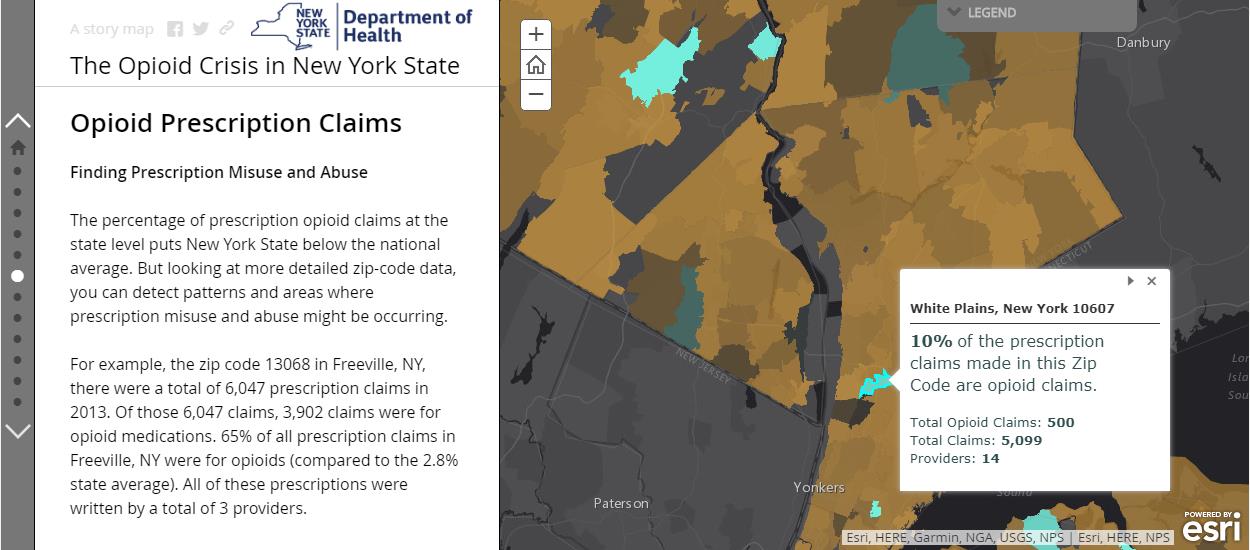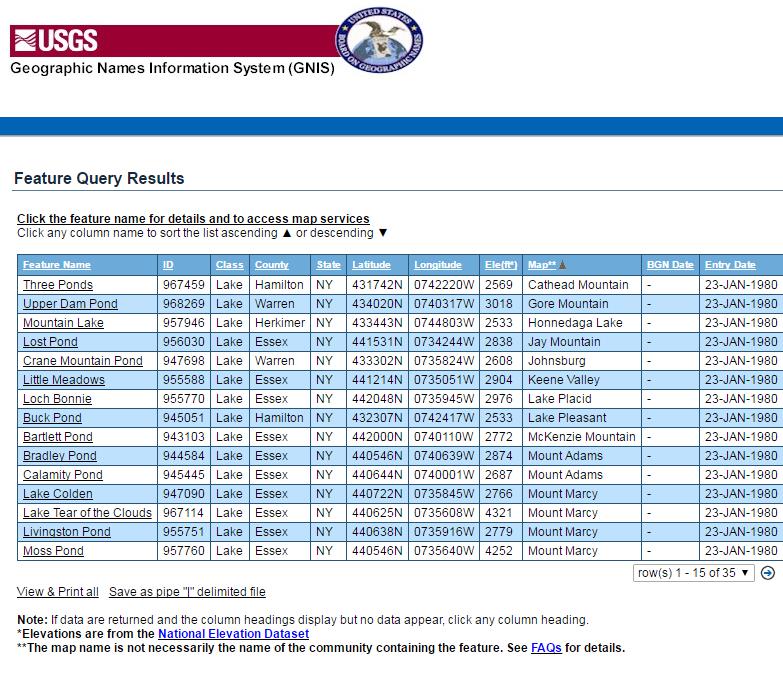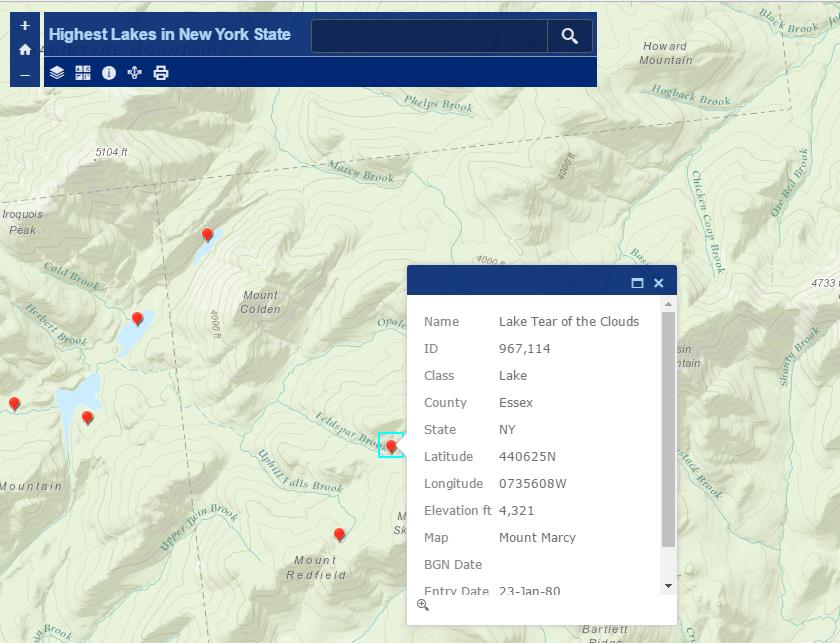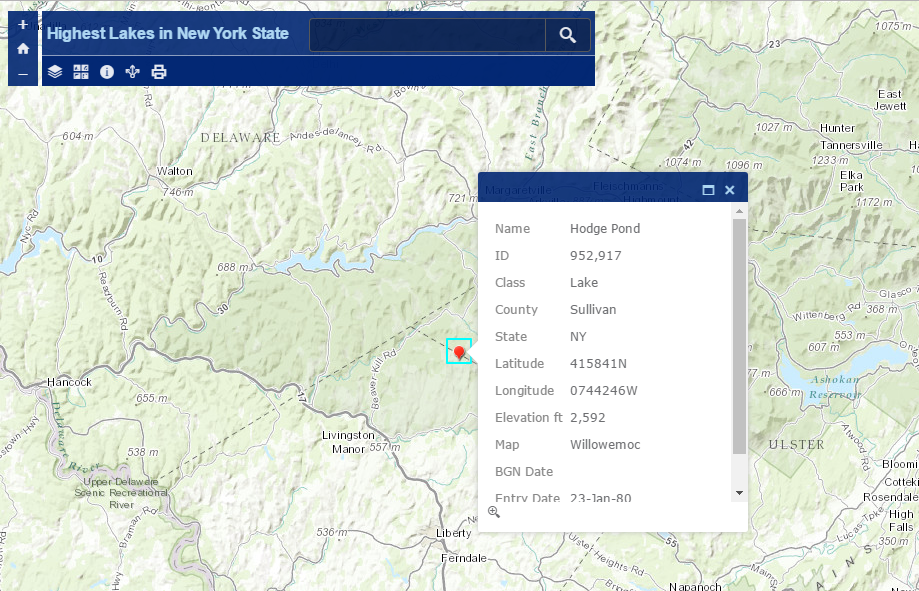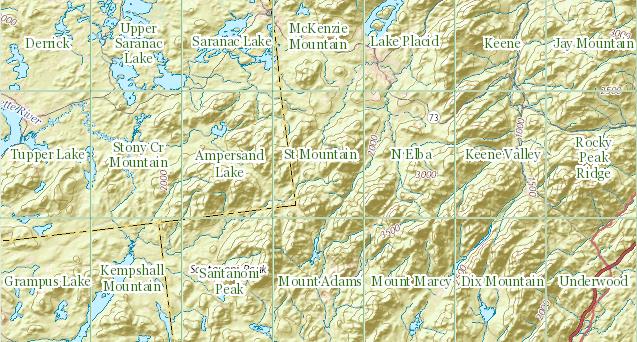I’ve had the pleasure of knowing Jonathan Cobb for nearly two decades. As part-owner of Waypoint Technology Group based in Albany, Jonathan and his company product line and services are well recognized to the New York State geospatial community. Waypoint is also a long-time supporter of many statewide geospatial events and programs. I had the chance to catch up with Jonathan at 2017 GeoCon in Lake Placid to discuss some of Waypoint’s current business efforts and new trends in GPS-related technology.
eSpatiallyNewYork: How did you get started with Global Positioning Systems (GPS) technology and the story behind Waypoint Technology Group?
Cobb: As with so many career trajectories, mine was circuitous and unplanned. After growing up in western New York and graduating from the University of Rochester with a dual degree in Mechanical Engineering and Geology, I relocated to the Albany area to begin my professional career as a junior engineer/geologist. It was in this capacity where I was first introduced to GIS technology. It was 1990 and I was assigned to work on two projects that involved the siting of new sanitary landfills. GIS was the underlying technology that was used to determine the relative favorability of candidate sites. While not a GIS practitioner, I worked closely with my firm’s in-house GIS technicians to develop the relevant graphical overlays and to compute various quantitative values that were used to support the siting process. Simultaneously, I was consuming all of the written material I could find that related to the growing application of GIS technology, and became intrigued with what was at the time the poorly understood commercial potential of the global positioning system (“GPS”). Shortly thereafter, and with the help of my business partner Greg Hunt, Waypoint Technology Group (“Waypoint”) was born.
eSpatiallyNewYork: You’ve been a Trimble distributor for many years. These relationships are still strong moving forward?
Cobb: Within one-year of forming Waypoint we were approached by Trimble to represent their interests in the northeastern United States – but most especially New York – as a distributor of their mapping, GIS, and land surveying solutions. That was nineteen years ago and yes, we’re still going strong. Our current portfolio of Trimble solutions now includes robotic total stations for land surveying and 3D scanners, which have become very accessible – from both an economic and functionality perspective – in recent years. In addition to Trimble, we also represent Laser Technology, Inc. (“LTI”) is a leading manufacturer of professional measurement solutions, based primarily on laser technology. LTI’s products fulfill an important niche for our customers, both in stand-alone form as well as in conjunction with Trimble solutions.
eSpatiallyNewYork: Smartphone technology has significantly changed field data collection. How has this changed your business model? Who is using what?
Cobb: We refer to the deployment of smart phones (as well as tablets) for the purpose of geospatial field data collection as a manifestation of the Bring-Your-Own-Device (“BYOD”) revolution. This development is something of a double-edged sword in that the ease of smartphone-driven app-based data collection effectively brings that power to anyone with a device and a data plan (i.e. virtually the entire population); at the same time, questionable claims of positional accuracy coupled with the absence (often) of authoritative metadata persist. This has resulted in manufacturers such as Trimble developing compact, lightweight, high-performance GPS receivers for the express purpose of pairing wirelessly with smartphones in order to bring professional-grade positional accuracy to the masses. With respect to the impacts on our business model, I’d say the key differences are two-fold. One – professional grade solutions are no longer the sole province of larger organizations or those with substantial technology budgets and/or in-house IT resources; and two, the use of smart phones and apps has spawned an entirely new breed of services (e.g. data collection apps, differential correction data streams) that are built upon pay-as-you-go or subscription-based revenue models.
eSpatiallyNewYork: What’s the composition of your client base in 2017? (i.e., Surveying/engineering, general data collection, academic, recreational)?
Cobb: Waypoint is fortunate to have cultivated a diverse customer base over our nearly two-decade existence. While the distribution varies on an annual basis, our active customers are comprised of an approximately even split between the private and public sectors. Within the private sector, consultants (e.g. engineers, land surveyors, ecologists) make up the largest segment, while in the public sector, local and state government agencies dominate, followed by the federal government. Academic institutions make up less than 10% of our customer base in any given year, but are significant in that the instructional and research arms expose students – future potential clients – to our portfolio of solutions.
eSpatiallyNewYork: What percentage of our business are repeat customers? How might current market place factors be affecting your client base?
Cobb: We add new customers on a weekly basis, but the vast majority of our customers are of the long-term/repeat variety. This is partly due to the nature of the technological solutions that we sell; that is, once a customer has made an initial investment in hardware and software — and very often, training – switching to a different platform can be cost-prohibitive. In addition, many customers elect to protect their investment through annual hardware warranties, software maintenance, and technical support service contracts.
Going forward, the migration toward “bring your own device” solutions and software-as-a-service solutions promises to tilt our business model into one that is more heavily reliant upon recurring revenue. For example, in addition to subscription-based software applications which are now ubiquitous, we are seeing a transition to short-term pay-as-you-go, differential correction data streams to improve the positional accuracy of the location services technology that is onboard consumer devices, such as cell phones and tablets. This innovation opens the door to high-accuracy position determination for a potentially large segment of end-users that would have otherwise been unreachable due purely to cost.
eSpatiallyNewYork: Waypoint has worked internationally. Tell us or highlight some of these clients and their projects.
Cobb: In addition to supplying the United Nations with solutions that have been deployed in challenging political regions, including Lebanon, Eritrea, and Senegal, we have provided on the ground training and consulting services at the American University of Kosovo (“AUK”), in the young nation’s capital of Pristina. AUK is affiliated with Rochester Institute of Technology (“RIT”), and it was through our long history as an RIT vendor that we were invited to participate on that project, which also included training services for engineers in Kosovo’s nascent national electric power transmission authority. We have also supported RIT’s other international efforts through the donation of hardware and software to support humanitarian missions in Haiti and Rwanda.
eSpatiallyNewYork: What’s the coolest or most unusual client application you’ve worked on using GPS technology in New York State?
Cobb: Great question. With such a diverse clientele this is a difficult one to answer, but if pressed, I think I’d have to settle on one of the many unique applications of 3D scanning technology that has been led by a member of Waypoint’s staff. The project focused on the precise recording of the existing conditions of the roof of the New York State Capitol in Albany. This was in support of an architectural restoration project and is an excellent example of the utility of 3D scanning. Another one was performing a similar function in an abandoned elevator shaft. But for me, the most interesting application was deploying the scanner to capture a three-dimensional representation of a remote and difficult to access bat cave in support of research related to the devastating and widely-publicized white-nose syndrome.
eSpatiallyNewYork: What do you see as the next big “GPS” technology advancement?
Cobb: Hmmmmm…….the “next” big advancement has arguably been commercially viable for several years. That is, the transition from GPS-only solutions to GNSS-based solutions. Specifically, this refers to GPS as strictly the American satellite constellation, whereas GNSS (global navigation satellite system) is intended to incorporate ALL constellations, including American, Russian, European, and Chinese. The growth of GNSS-based solutions, which translates to the ability to acquire and continuously track many more satellites, has allowed for accurate positioning in previously challenging conditions (e.g. urban canyons, dense forests). The transition from GPS to GNSS has been so profound, that even the lexicon has evolved: we now routinely use “GNSS” in place of “GPS”. Beyond that, component miniaturization, extended battery life, and of course, the rapid proliferation of drone technology will continue to significantly impact the geospatial data capture landscape for years to come and GPS/GNSS will continue to be an important part of that evolution.
eSpatiallyNewYork: If you had your way, what’s the one GPS “investment” you’d like the NYS geospatial government and business community to make?
Cobb: Education and training. Acquiring hardware and software is simple; trivial even. I’d like to see a greater proportion of technology resources devoted to understanding the capabilities – and importantly, the limitations — of geospatial technology, rather than that aspect being treated as an afterthought. The vast majority of questions that we field from end-users relate either to software operations or positional accuracy concerns. For many organizations, a modest investment in comprehensive training would not only result in measurably superior positional accuracy, but it would also improve productivity.
eSpatiallyNewYork: Career Reboot: What would you be doing if it wasn’t Waypoint? Mason? Hockey player? Teacher? Sous Chef?
Cobb: If I wasn’t working full-time at Waypoint, I would probably occupy time melding my dual interests in geospatial technology and world travel. I’ve had the good fortune in recent years to blend these passions for both business and recreational purposes, and I have every intention of continuing. Ironically though, I’ve found that the most memorable experiences occur when you leave the technology behind, ignore the map and the Yelp reviews, and just let the road lead you.
Like this:
Like Loading...

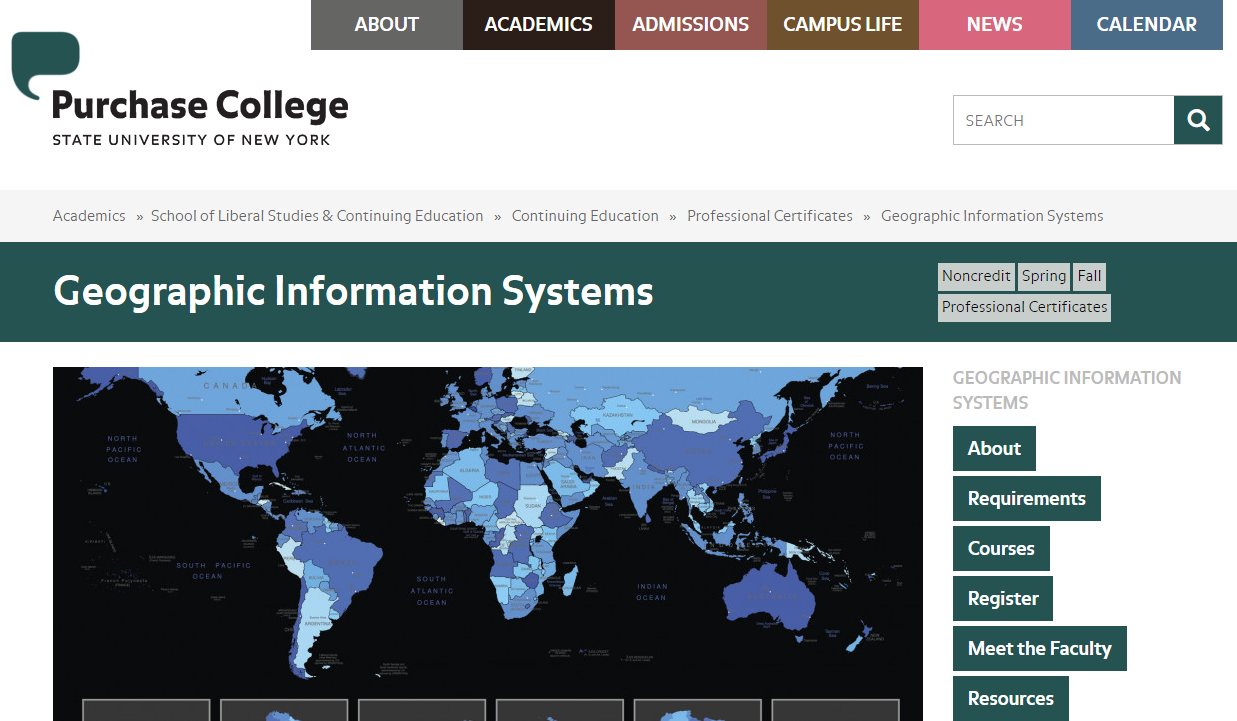
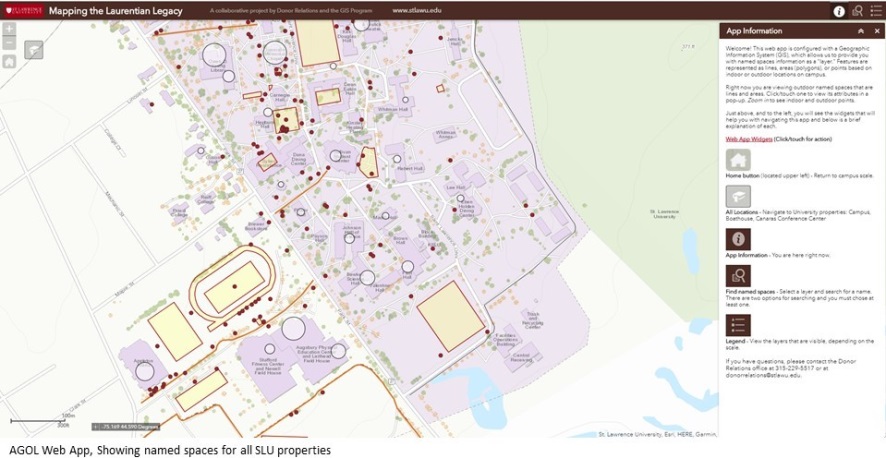
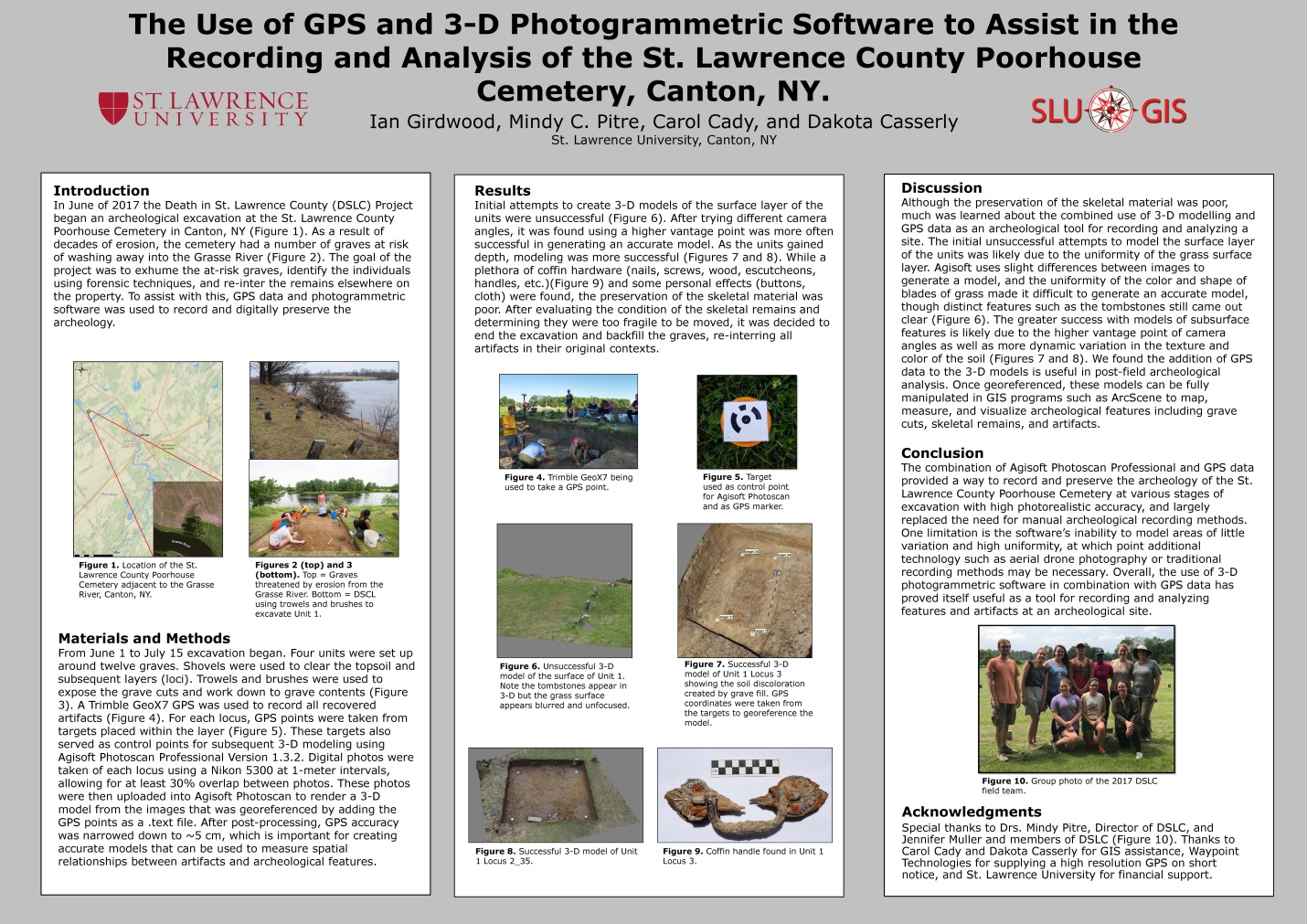
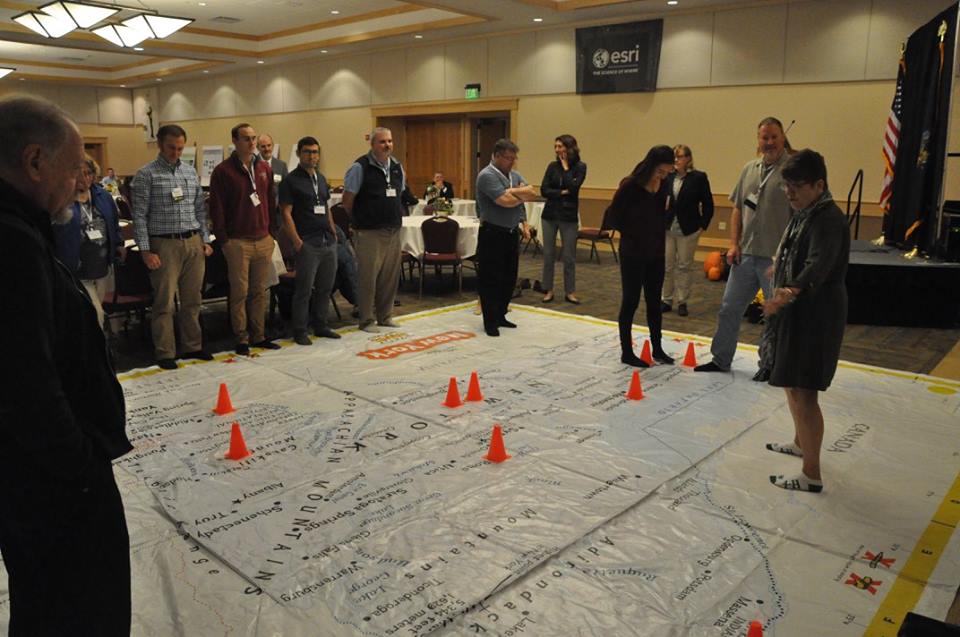
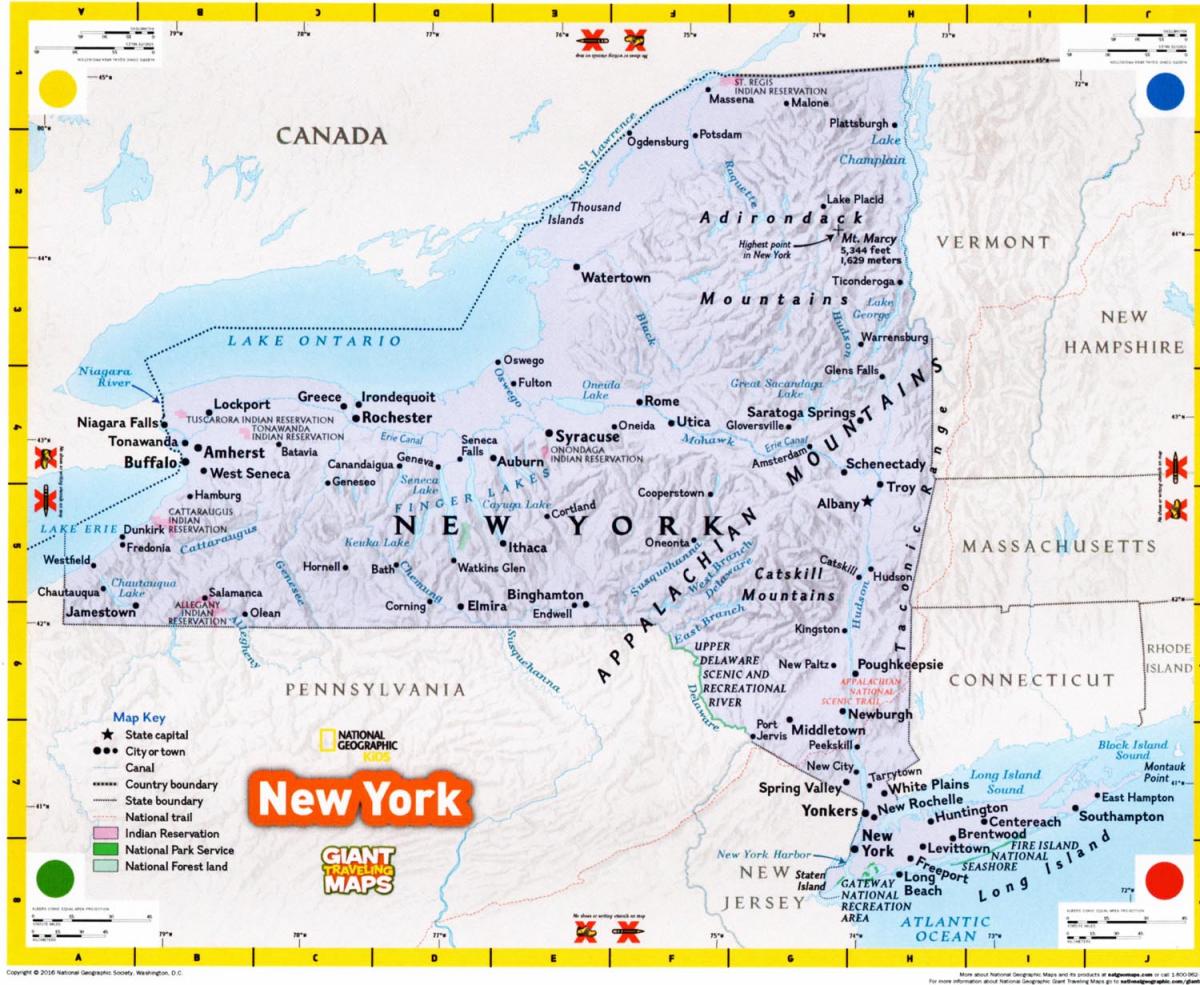

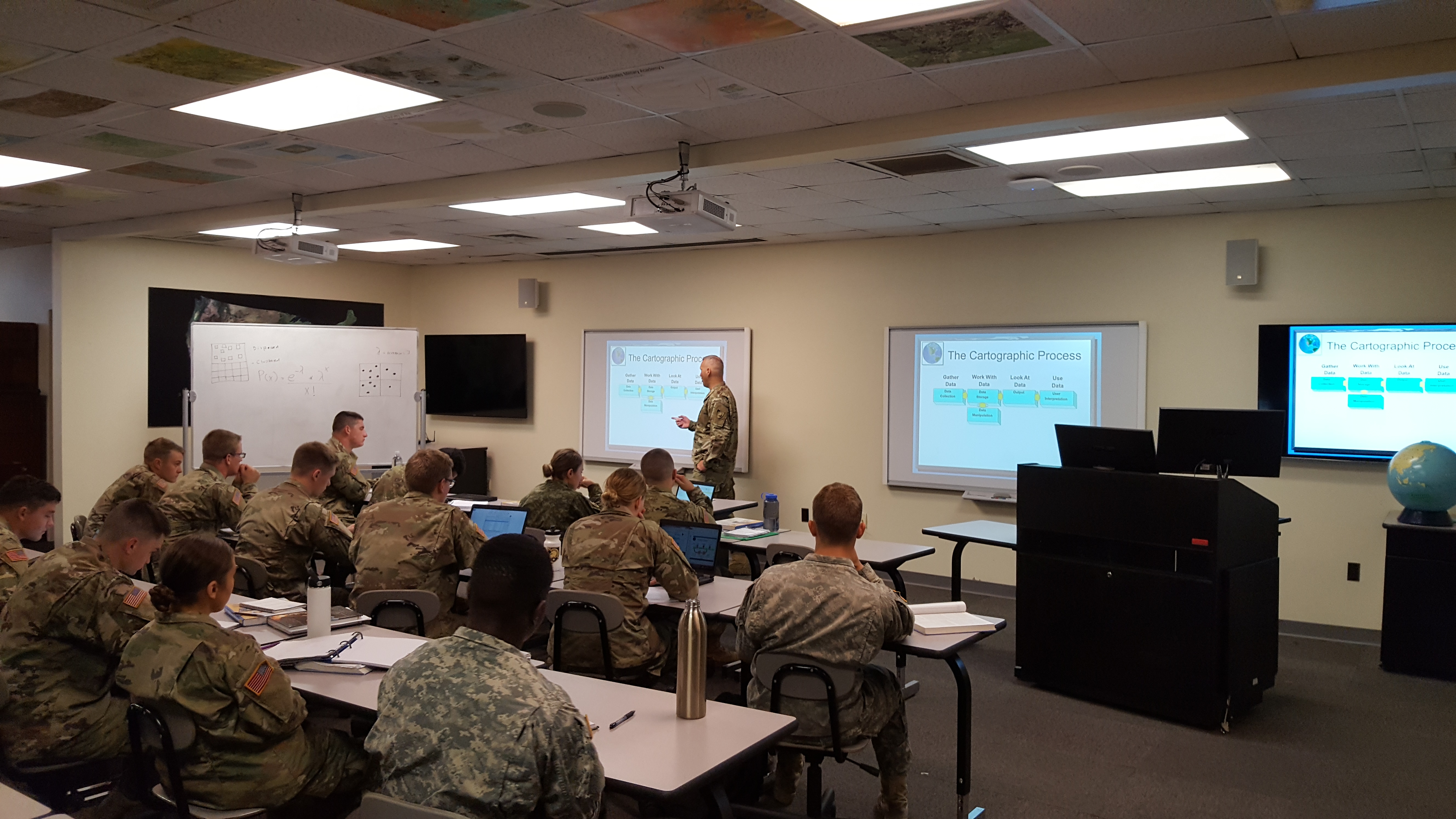
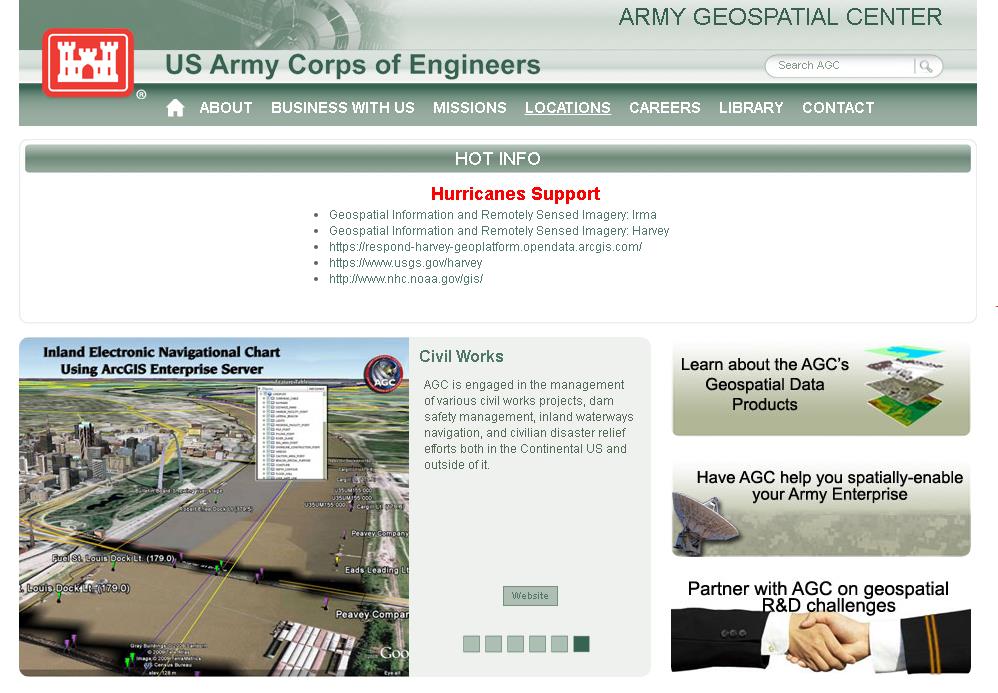
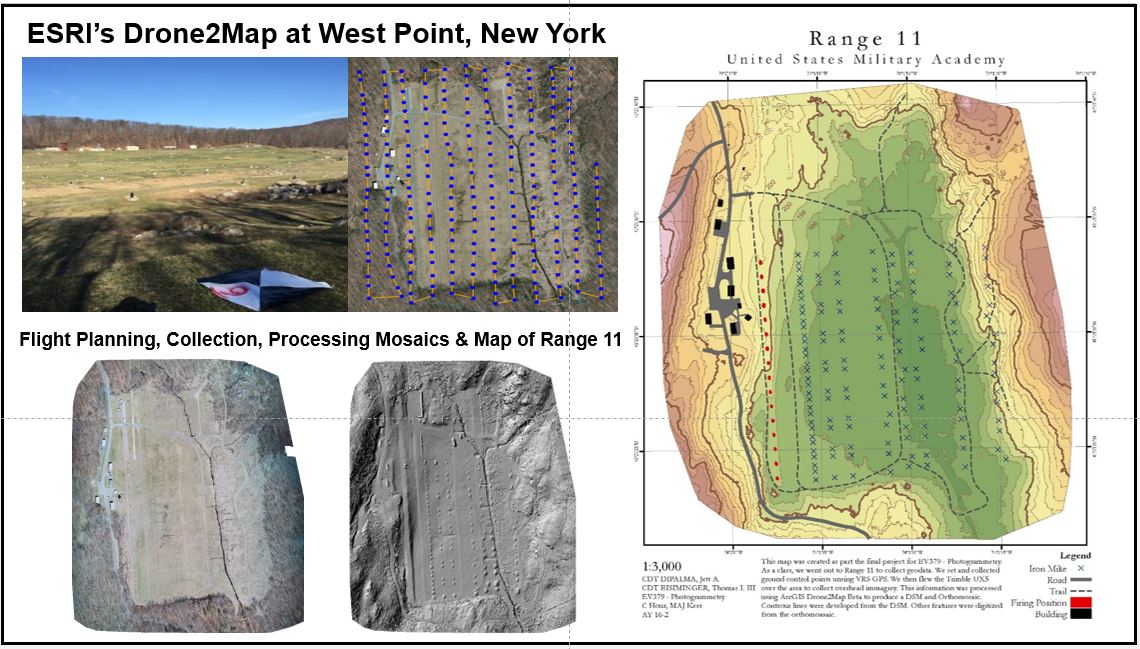
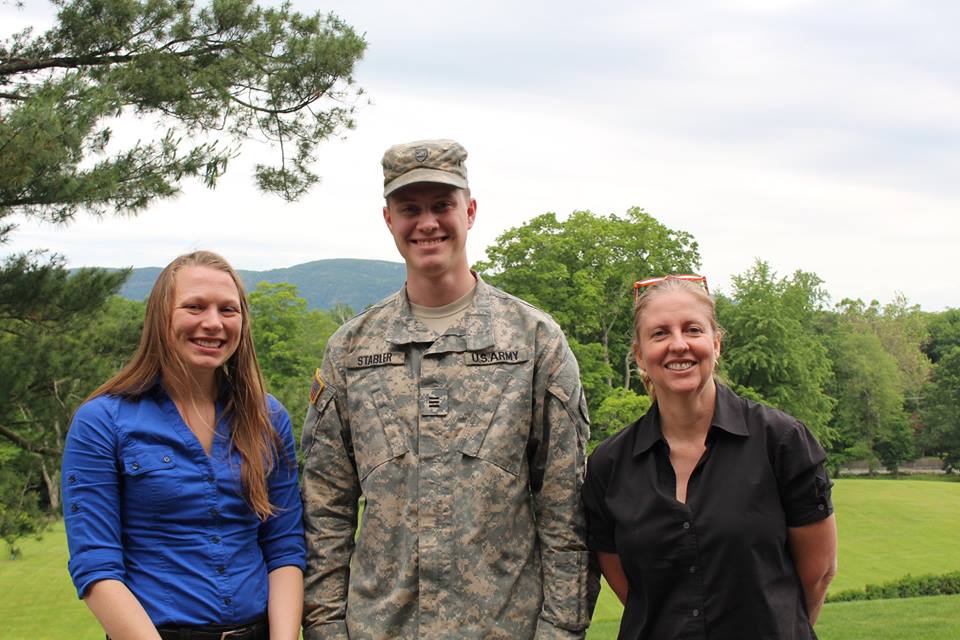
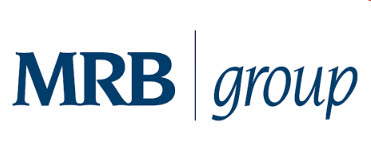 For many New York State local governments, GIS is not just a flashy map or application. It is a tool to manage vital records focusing on real property, development, and infrastructure.
For many New York State local governments, GIS is not just a flashy map or application. It is a tool to manage vital records focusing on real property, development, and infrastructure.